What is Color Correction, Diffuse, Reflection, Bump, Displacement, Fresnel, Opacity, Fog, Refraction, etc.
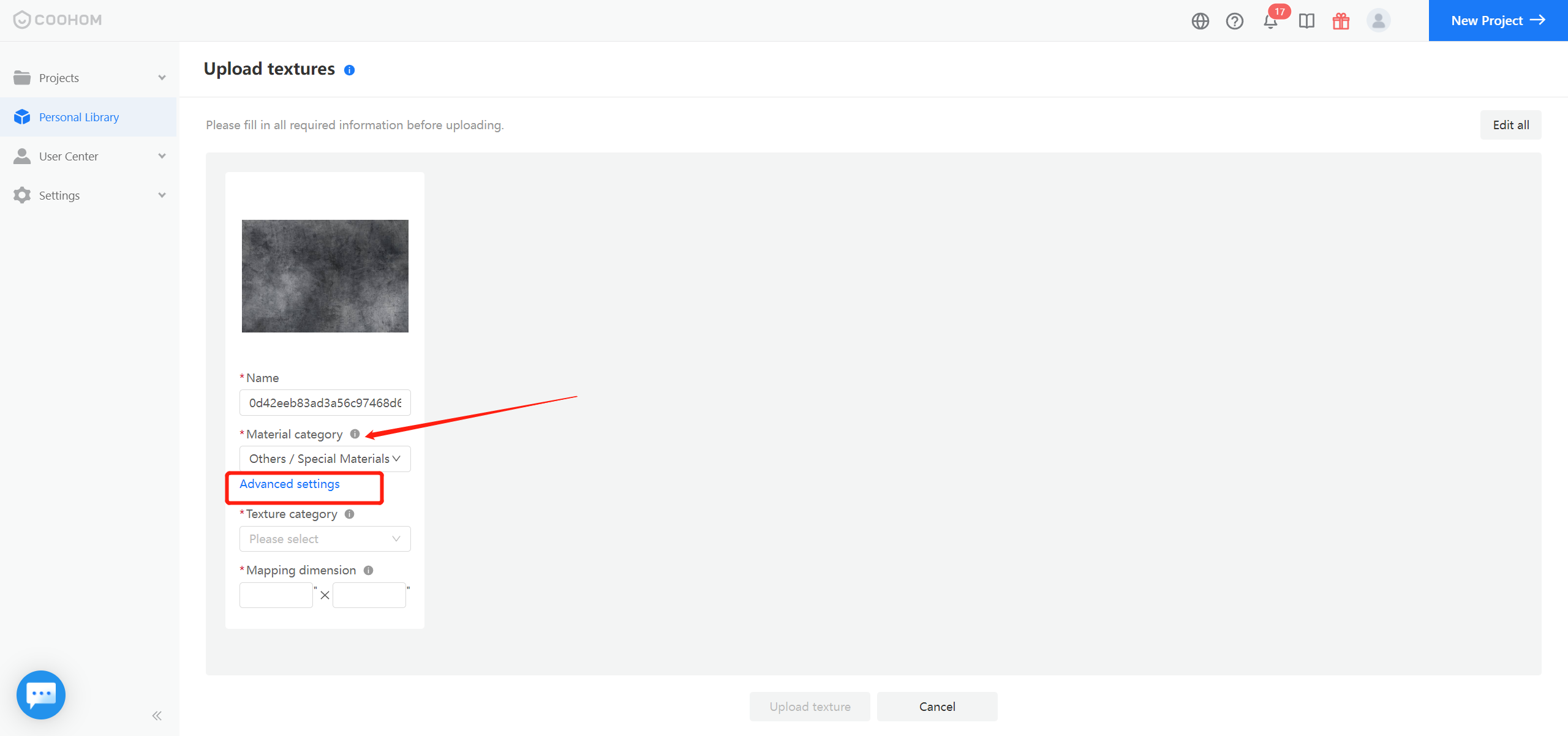
-
This article explains the definitions of parameters in the advanced setting while uploading the texture by yourself.
-
Almost all of the open parameters of this material include "scale". It should be noted that all scale adjustment methods are: adjust the value to 0 to display the color or value effect and adjust it to 1 to display the texture effect.
-
Please note that by changing displacement maps and refractions, refraction glossiness increases render time.
This article explains the definitions of parameters in the advanced setting while uploading the texture by yourself.
Almost all of the open parameters of this material include "scale". It should be noted that all scale adjustment methods are: adjust the value to 0 to display the color or value effect and adjust it to 1 to display the texture effect.
Please note that by changing displacement maps and refractions, refraction glossiness increases render time.
Color Correction: Basic Color properties of texture you are uploading, including hue,
saturation, brightness, and contrast.
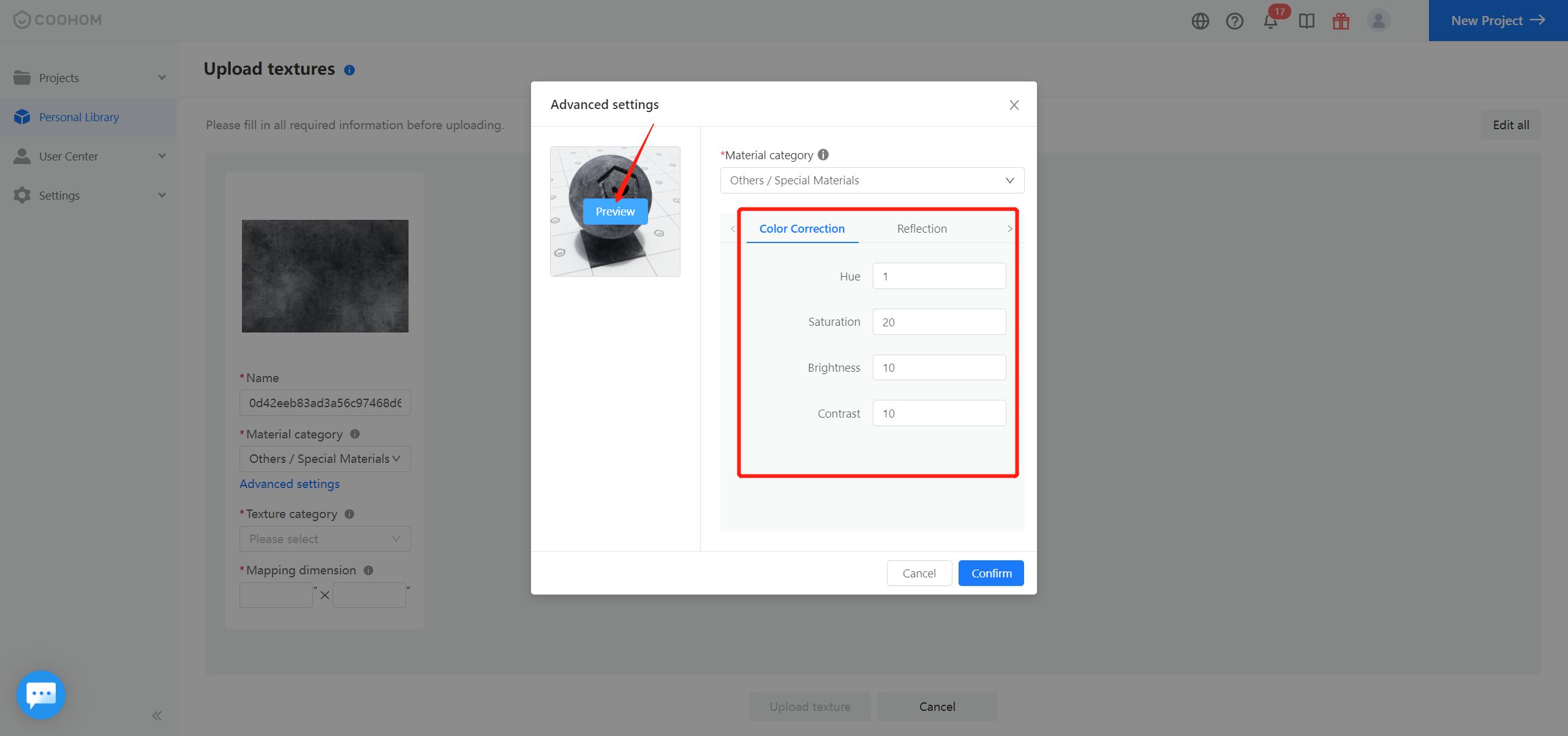
Diffuse Reflection
Color: controls the surface color of the material
Proportion: the mixing ratio of color and texture, the larger the value, the more obvious the texture effect
Diffuse map: use the map to control the corresponding surface color texture in the material
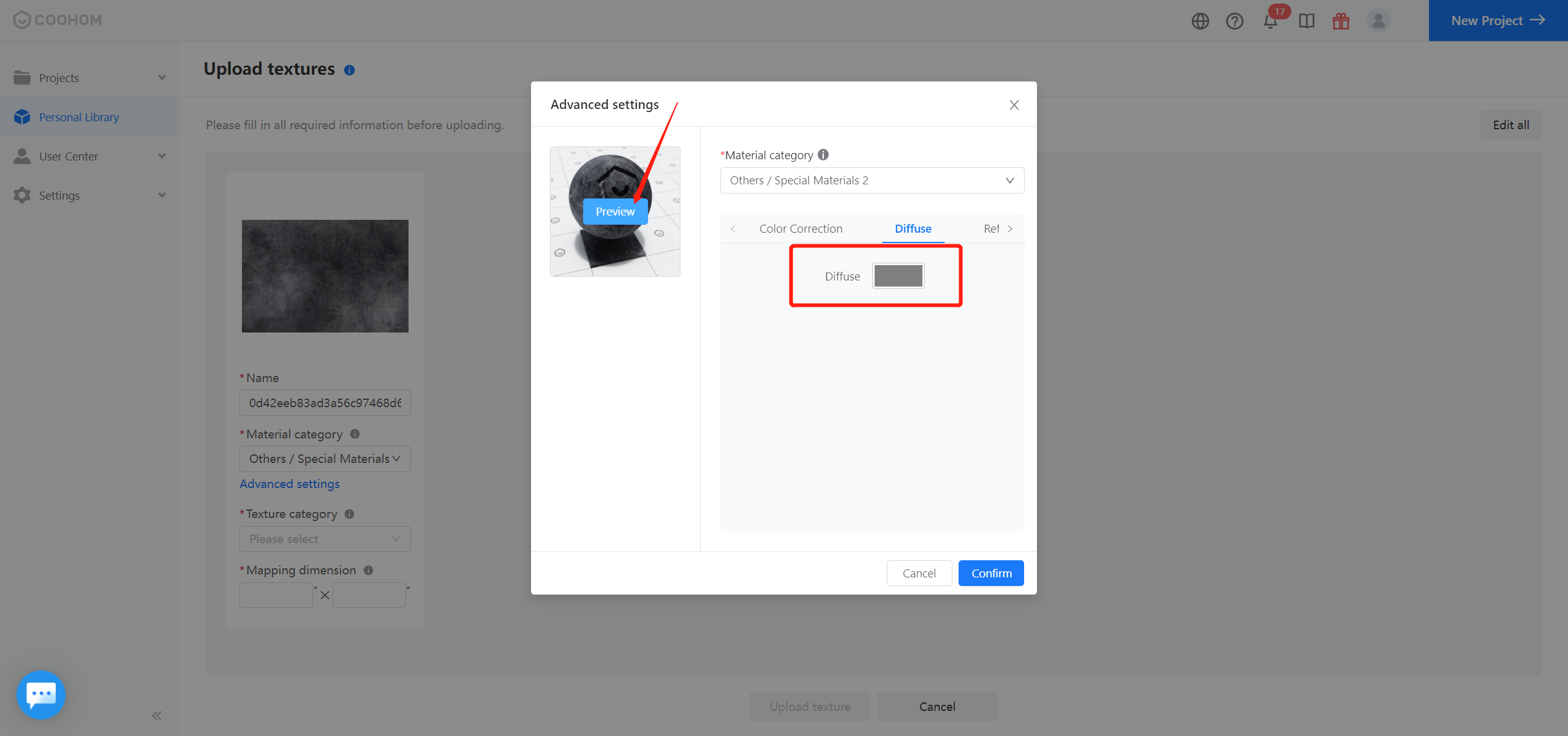
Reflection
Reflection Color: Color controls the intensity of reflection, the strongest reflection is when pure white
Highlight Gloss
-
Reflection Glossiness: The reflection glossiness value controls the surface roughness of the material, a value of 1.0 means perfect specular reflection; lower values will produce blurry reflections;
-
Reflection Map: Use the map to control the gloss of the corresponding pixel position in the material; the higher the color brightness, the stronger the reflection; the closer the color is to black, the weaker the reflection;
-
Reflection Glossiness Map: Use the map to control the corresponding surface roughness in the material, black rough, white smooth
-
Scale: The mixing ratio of the value and the map; is used to control the mixing ratio of the reflection glossiness value and the reflection glossiness map, and it can also be used to control whether all the reflection glossiness map or all values are used. When the value is 1, it is controlled by the texture; when the value is 0, it is controlled by the numerical value; when the value is an intermediate value, the texture and the numerical value are mixed;
Reflection Glossiness: The reflection glossiness value controls the surface roughness of the material, a value of 1.0 means perfect specular reflection; lower values will produce blurry reflections;
Reflection Map: Use the map to control the gloss of the corresponding pixel position in the material; the higher the color brightness, the stronger the reflection; the closer the color is to black, the weaker the reflection;
Reflection Glossiness Map: Use the map to control the corresponding surface roughness in the material, black rough, white smooth
Scale: The mixing ratio of the value and the map; is used to control the mixing ratio of the reflection glossiness value and the reflection glossiness map, and it can also be used to control whether all the reflection glossiness map or all values are used. When the value is 1, it is controlled by the texture; when the value is 0, it is controlled by the numerical value; when the value is an intermediate value, the texture and the numerical value are mixed;
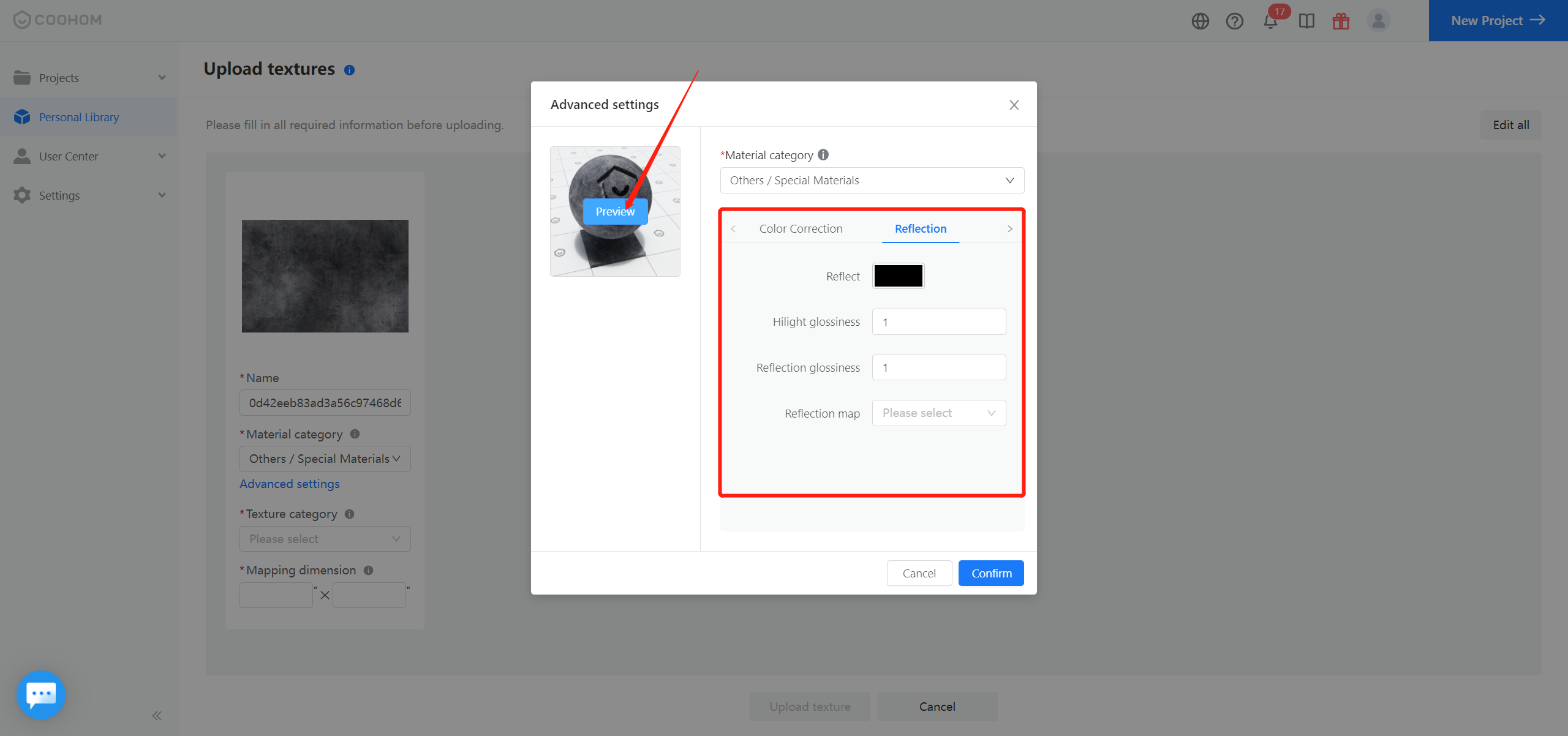
Refraction
-
Refraction color: The color and transparency of refraction; the closer the color is to a solid color, the more transparent the glass; the closer the color is to black, the more opaque the glass is;
-
Refractive index: The index of refraction indicates how light bends as it passes through the surface of the material, a value of 1.0 the material becomes air
-
Refraction map: Use the map to control the corresponding degree of refraction in the material, black has no refraction effect, and white is glass
-
Refraction glossiness: The clarity of refraction inside the object, the smaller the value, the more frosted it is; the larger the value, the cleaner and more thorough;
Refraction color: The color and transparency of refraction; the closer the color is to a solid color, the more transparent the glass; the closer the color is to black, the more opaque the glass is;
Refractive index: The index of refraction indicates how light bends as it passes through the surface of the material, a value of 1.0 the material becomes air
Refraction map: Use the map to control the corresponding degree of refraction in the material, black has no refraction effect, and white is glass
Refraction glossiness: The clarity of refraction inside the object, the smaller the value, the more frosted it is; the larger the value, the cleaner and more thorough;
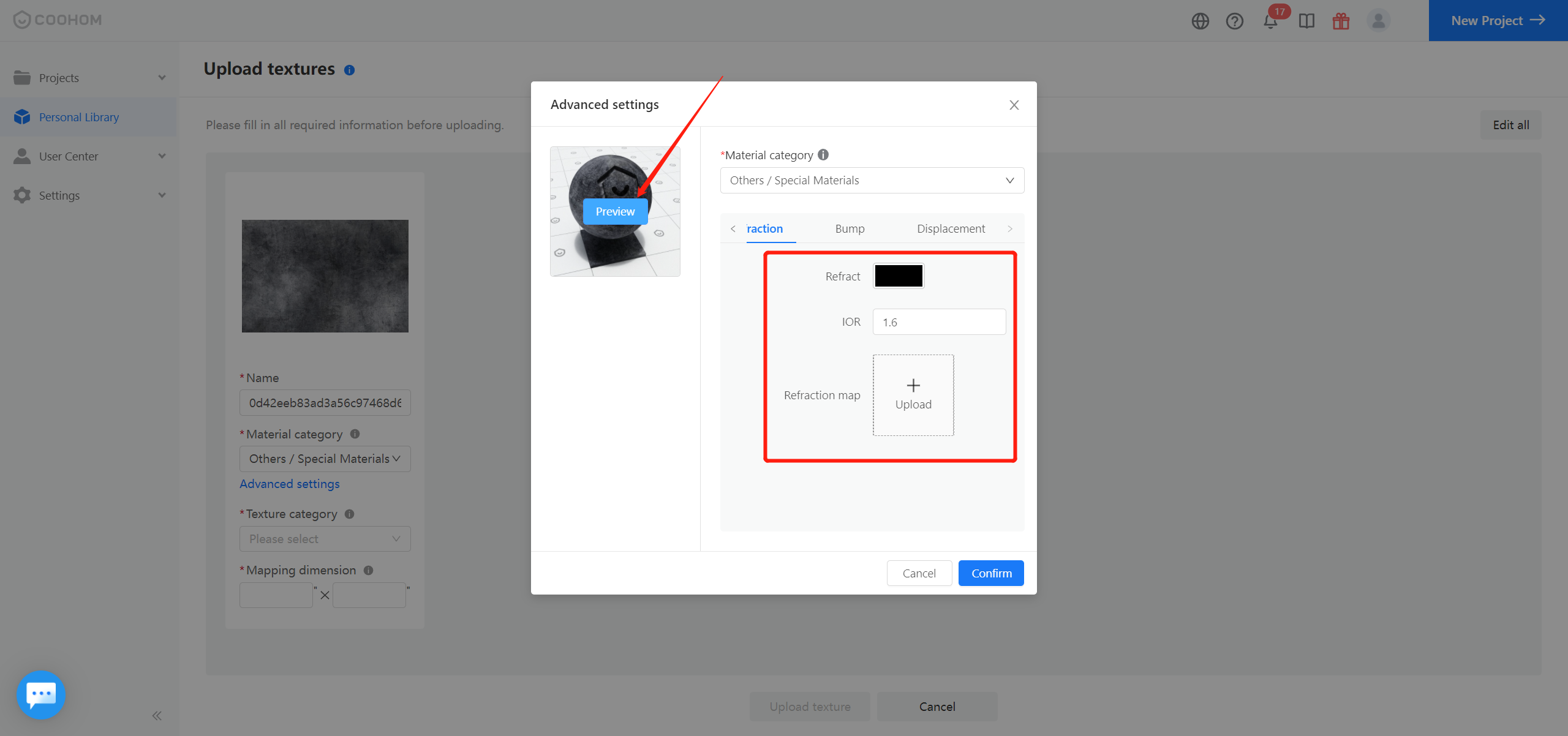
Bump: Concave-convex ratio: the depth of the concave-convex, the value should not be too large, it is recommended not to exceed the default double
Bump original texture: white bulge, black depression, you need to pay attention to uploading textures, preferably seamless textures to have better material effects
Fog
Fog Offset: Adjust the color depth of colored glass. When the value is negative, the color is rich, and when the value is positive, the color is lighter. It needs to be used together with the smoke multiplier; when the smoke multiplier is 0.01, the color still needs to be reduced by increasing the smoke offset. to adjust;
Fog Multiplier: Adjust the color density of the glass, there are two cases: 1. The value is about 1 when the wave is clear; 2. The value is 0.01 when the color glass is used, and the color density can be adjusted with the smoke offset
Fog Color: glass color, default no color
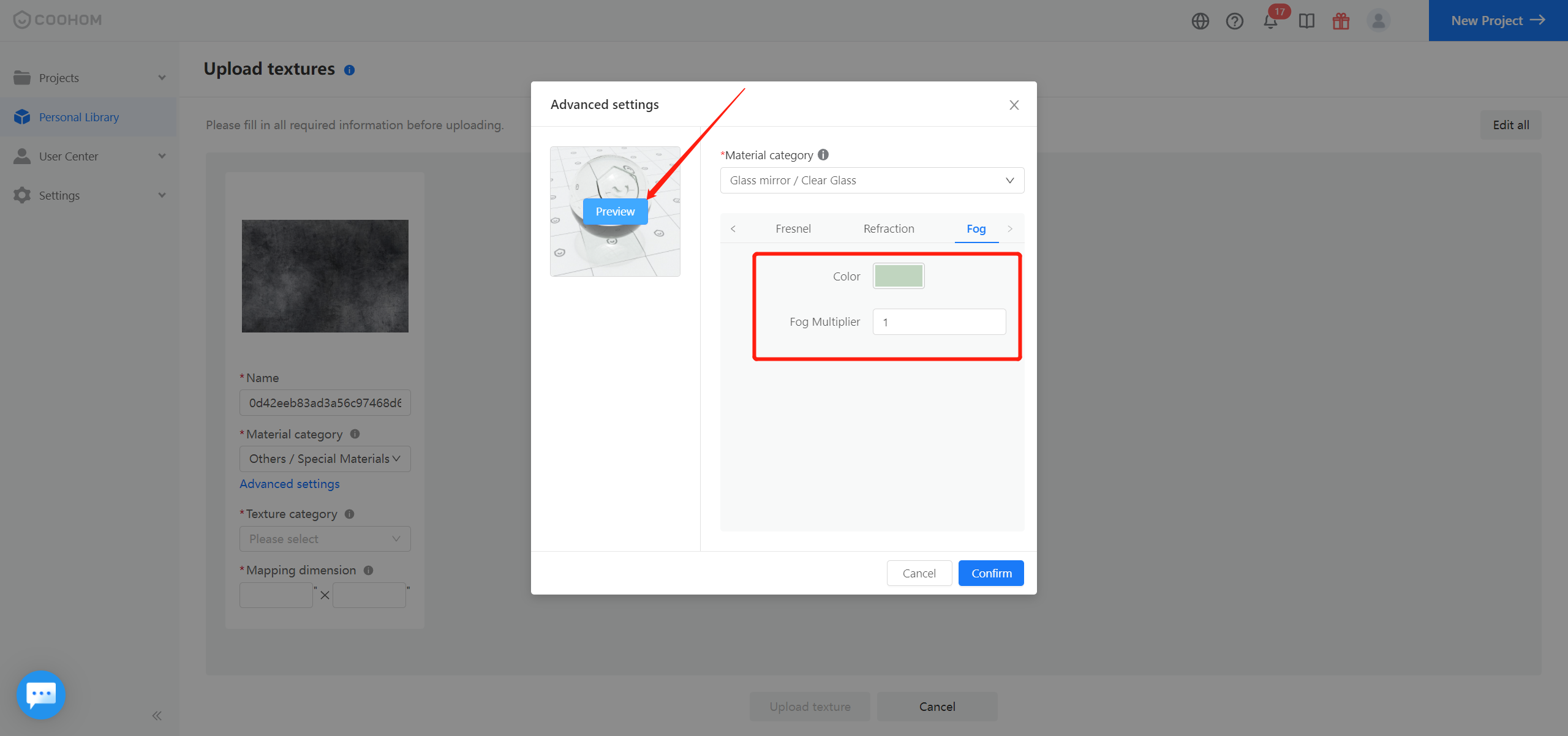
Opacity: The opacity parameter is only controlled by the map. When the map is white, the object is opaque, and the black is fully transparent. The blacker the color, the higher the transparency.
Fresnel: When enabled, the reflection intensity will depend on the viewing angle of the surface, and the reflections at different angles are different; it is usually locked, and the Fresnel of the object can be changed freely after the lock is turned off;
Fresnel IOR (index of refraction): Fresnel index of refraction of the surface of an object
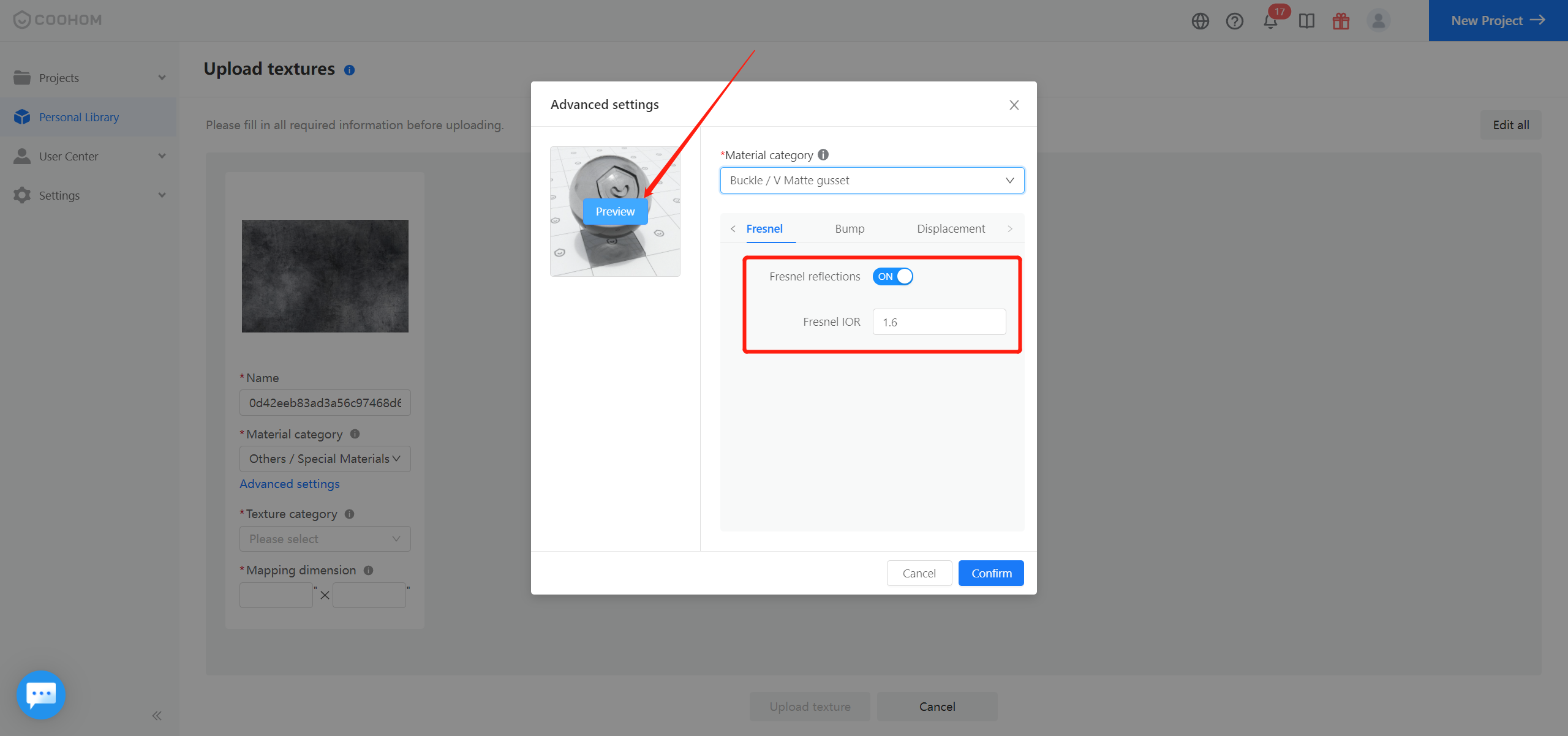
Displacement: Displacement maps are grayscale textures you map to objects to create true surface relief (elevations and depressions) on an otherwise flat object.
With Displacement maps, depressions and elevations become part of the geometry of the object, changing the topology, unlike Bump maps that only create the illusion of surface relief.
Ratio: The replacement ratio should not be too large and can be adjusted according to actual needs
Grayscale image: It can distort the overall outline of the object; unlike bump maps, which need to be rendered at an angle, after adding displacement maps, multi-angle rendering has bump effects
